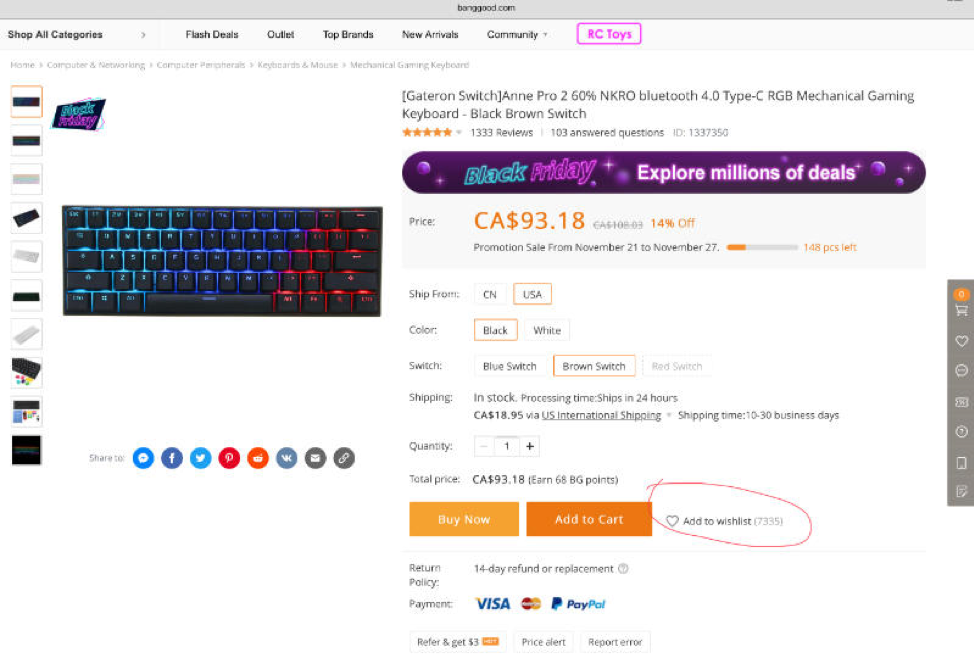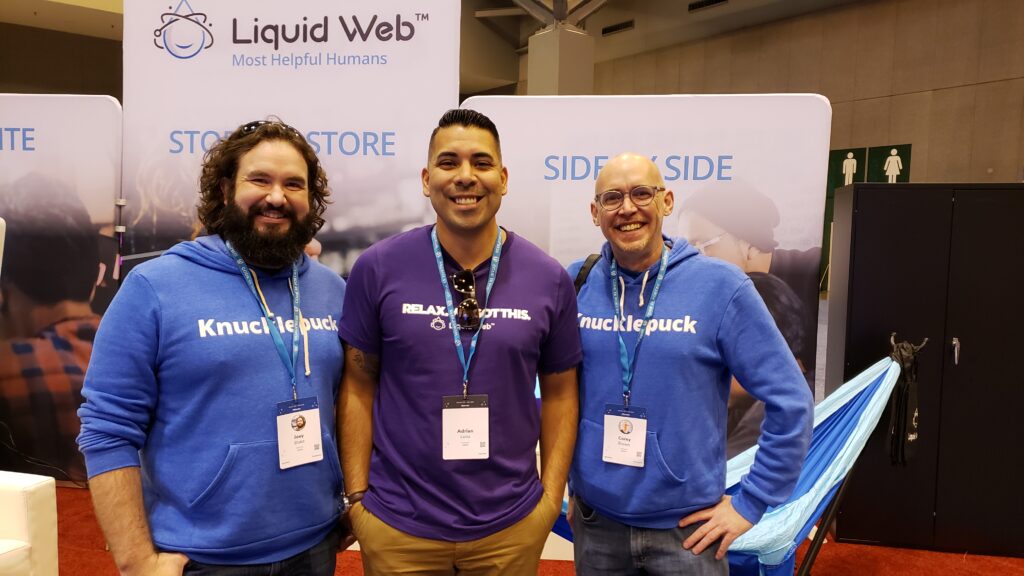5 Strategies To Increase Your Store’s Average Order Value in 2020
Running a WooCommerce store can be as exciting as it is frustrating. Besides identifying targeted sources of traffic, you also need to increase revenue across those traffic sources. Often, this requires implementing sales and marketing tactics to draw in more consumers and direct them to the products they need.
Another way to increase revenue, however, involves leveraging the customers you already have and increasing their average order value (AOV).
Average order value is the average value of a single order through your store. For example, if one customer purchases several products for $10 total, and another customer purchases a single product for $8, your average order value is $9.
Increasing AOV is a surefire way for you to move the needle quickly and effectively, allowing you to drive revenue growth without having to generate more traffic. While it still involves some careful planning, it’s often easier and quicker to cross-sell products than it is to find new customers.
Let’s take a look at the principles behind increasing average order value in WooCommerce, and explore the different tools available for doing so.
Bundle Products That Work Well Together
Bundling works well for physical and digital products and is a proven way to increase your average order value in WooCommerce. This is because it helps your customers understand which products play nicely together and which don’t.
For example, you could bundle an essential oil dispenser with a set of oils at a slightly discounted rate. Or, if you’re in the fashion industry, you could bundle a pair of trousers with a complimentary shirt. As a merchant, it is your job to find which products work well together, and market them as such.
Once you’ve decided on which products should go together, there are many reliable plugins for WooCommerce that let you create bundles. A few of these include the Product Bundles plugin and WPC Product Bundles for WooCommerce. There is also Composite Products, which allows your customers to configure their own type of bundle.
You can also target specific consumers with suitable bundles. To do this, you will need access to a marketing analytics tool that allows you to segment your audience. According to Gartner, 32% of businesses prioritize marketing analytics in their budget, with 76% saying they use data to drive key decisions. That’s why we include an analytics and segmentation tool – Glew.io – as part of our Managed WooCommerce solution as standard.
Learn more about Managed WooCommerce and how it can help you drive revenue.
Use Minimum Quantities for Discounts & Perks
Many online stores already implement this strategy in the form of a banner offering free shipping on orders over a certain value. Offering free shipping for orders that exceed your target AOV is a win-win situation. Firstly, you can use this technique to increase your bottom line. Secondly, customers feel good because you’re offering them a free shipping option.
But don’t rush to your WooCommerce admin area to set up that banner now, at least not if you don’t know what your free shipping threshold should be. Without knowing that threshold, you can easily find yourself in a situation where you’re losing money, due to the cost of shipping that now needs to be added into your price calculation.
When calculating your threshold, it should be a target AOV where your customers have to purchase multiple products or a bundle – it has little psychological value if it’s easy to attain. Conversely, If you set the free shipping threshold too high, you can turn off your customers and they won’t even try to reach it. You’ll need to balance your price to effectively increase your AOV.
You can take this strategy to the next level by not just having a static banner at the top of your shop (the WooCommerce notification bar works well for that banner), but by having a dynamic element on your Cart and Checkout pages that tells your customers how far away they are from reaching the free shipping threshold. You want to make it as easy as possible for your customers to understand how close they are to getting free shipping.
Leverage One-Time Offers
One-time offers (OTO’s) are presented to your customer right after they purchased one (or multiple) products in your WooCommerce shop, and provide them the option to add another discounted product to their order with a single click. OTO’s can be super effective if you set them up correctly. Let’s go through a few of their key characteristics:
- Relevancy: the offered product needs to add value to the products already purchased.
- Pricing: The OTO needs to be at a discounted level and should be lower than the order value, so that the perceived added value is as high as possible.
- Ease of use: Adding the OTO must work with a single click. If you make your customers enter their billing details again, they’ll likely cancel the order process for the OTO.
WooCommerce developers recognize the importance of one-time offers and have created many powerful plugins to support this functionality. These plugins often get used in funnels built with WooCommerce.
In his post, Chris describes example funnels using the plugin WooCommerce Redirect Thank You, but you could also look into the plugins WooStroke (see screenshot below for an example flow) or Smart Offers.
Start Selling Gift Cards
Gift cards can be a powerful tool to increase the Average Order Value in your WooCommerce shop. But also need to be used with caution in certain situations. Let’s see how you can use them to not just increase your AOV but also potentially reduce future ad spend for recurring purchases.
Begin by determining average product value. It may be that your typical product has a price tag of $25 or higher. In this case, you could send every customer a free $5 gift card for them to use on their next purchase. You can send them the gift card electronically or, better yet, have a batch of them printed and added to each package you send out.
Having that gift card at hand increases the likelihood with which the customer will order again from your shop, to spend that $5. This helps you reduce the retargeting ad spend to get this customer to buy again from you.
Keep in mind, the prices for your products need to be high enough to leverage this strategy. “High enough” means that the gift card should not result in a free order, causing a loss for you. Additionally, if you’re running “Free Shipping” campaigns, ensure that the gift card cannot be used on shipping costs.
Even if you’re not giving away a gift card with each order, you can sell them directly in your shop. There are plenty of plugins for WooCommerce that allow you to do that. Take a look at Gift Cards for WooCommerce (see screenshot for an example) or YITH Gift Cards. If you want to dive deeper into the ways to create gift cards in WooCommerce, read this article on Business Bloomer.
Incentivize First-Time Buyers with Deals
Offering discounts to first-time buyers is a common method of incentivizing visitors to become a customer. You could use hooks like a percentage discount, free priority shipping, a free gift card (see above) or a free product to encourage customers to buy from you. When you’re coming to almost any web shop, you’ll see an offer to save X% on your first order when subscribing to their email list. That’s an example of this strategy put into action.
A second incentivization strategy involves adding these opportunities to the Cart or Checkout page, and to not advertise them as aggressively. Similar to the “do you want chips with that” question you are asked when ordering a fast food burger, you can add special offers your customers can put into their carts with a single click.
There are plenty of plugins you can leverage to add a function like this to your WooCommerce shop. Two of the ones I recommend are WooCommerce Multiple Free Gift (see screenshot below for an example) and WooCommerce Checkout Add-Ons.
Bonus: Implement Price Anchoring in Your Products
Price anchoring is a psychological principle that controls how your visitors perceive the prices in your WooCommerce shop, without actually selling anything.
To efficiently use price anchoring, you need to understand what your target Average Order Value is – as that’s the base price. You’ll then position a product with that AOV (could be a bundle if you don’t have a single product at that price) between one product that provides much lower value at a much lower cost (e.g. one piece of the bundle) and another product with a higher perceived value at a much higher price.
This strategy helps to make the product with the target AOV look like the most reasonable and well-priced choice. The other product options are designed to not look valuable or to have such a high price-tag that they feel unattainable to most of your customers. Using this strategy, you’ll find that you’re enticing most of your web shop’s visitors to click on the Average Order Value product. That’s the goal of the strategy.
Implementing price anchoring in your WooCommerce store is fairly straight-forward. You have to create multiple products that match the pricing categories outlined above. One type of product goes into the “low-value” category, then you’ll have another category for the target AOV products and one category for the “high-value” products.
Keep in mind that the term “category” is used here as an abstract way to categorize the products for yourself. You should not create customer-facing WooCommerce categories that only contain one type of product.
After creating those products, you need to place them side-by-side, so that your customers can compare them directly. To do that, you can use a plugin like Rearrange Woocommerce Products, or use your page builder of choice.
Conclusion
As you can see, there are many ways to increase the average order value in your WooCommerce shop. You can get quite creative in your approach and find ways that work perfectly for your brand and setup.
This article is really just the foundation of strategies available to merchants and agencies for increasing AOV on their stores. As you begin exploring these strategies yourself, you’ll likely discover more techniques available.
Beyond the techniques outlined in this article, try exploring the opportunities available to you with managed WooCommerce. All managed WooCommerce solutions come with up to $6,000 worth of integrations, including bundling and product attribute plugins. Learn more about the options available to you now.
The post 5 Strategies To Increase Your Store’s Average Order Value in 2020 appeared first on Hostdedi Blog.








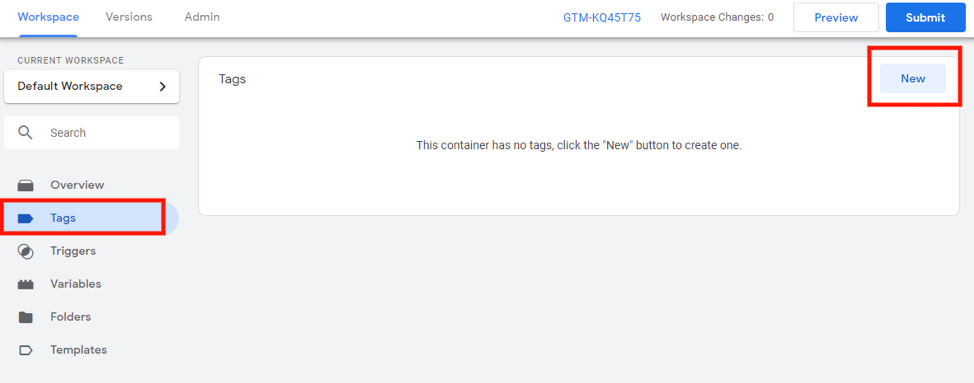
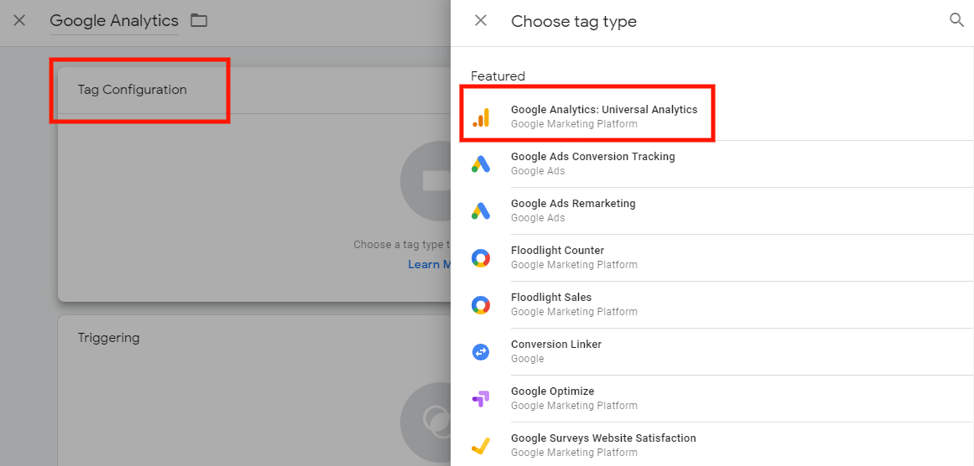
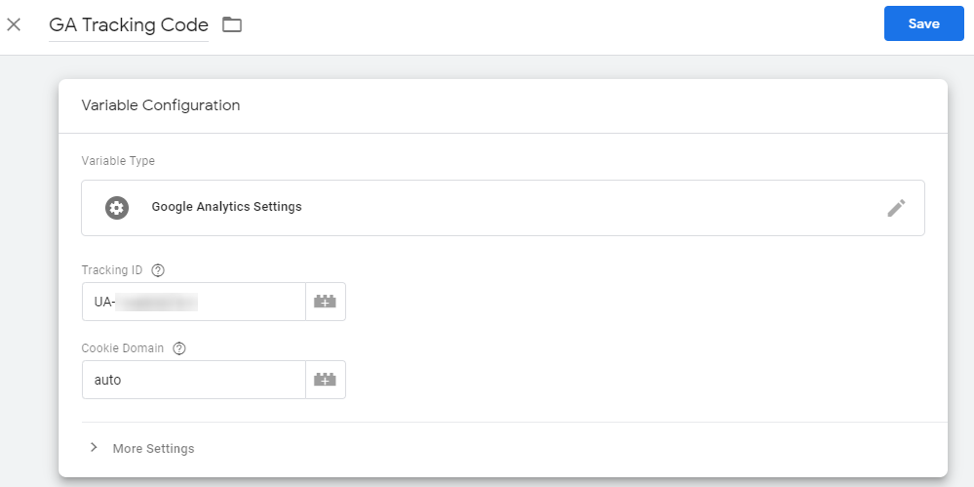
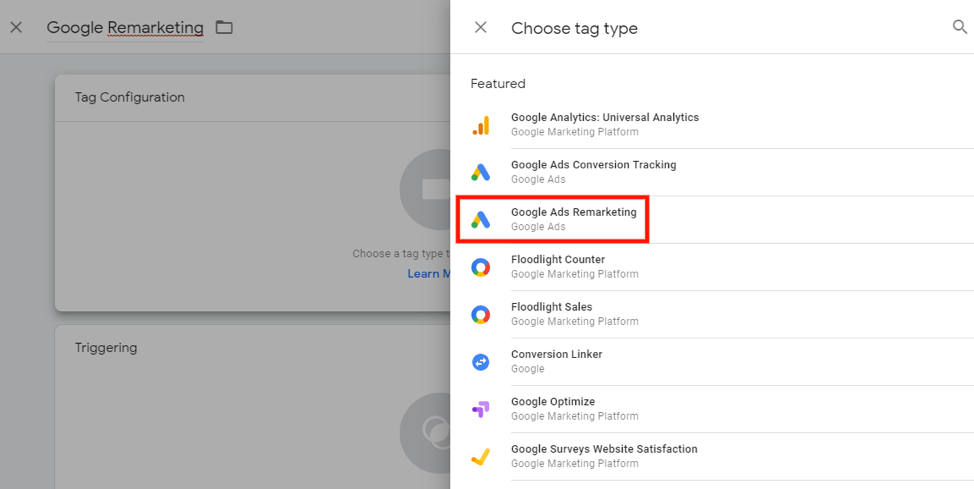



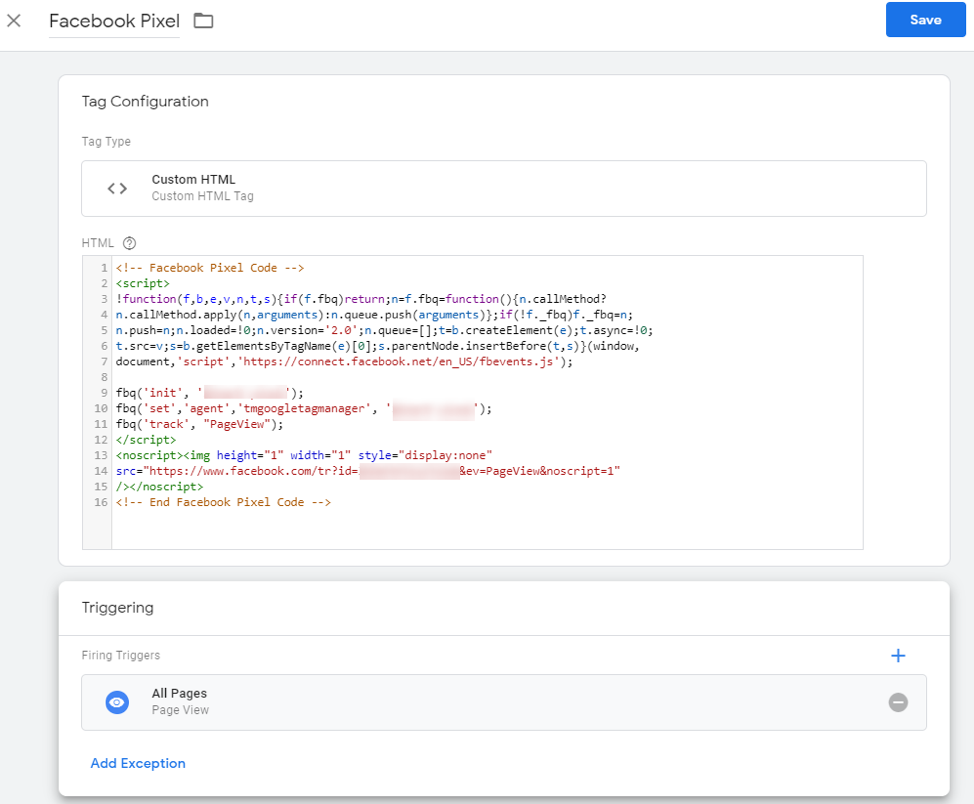












 (
( : @rus_tatiana) Use #StarttheAdventure to be featured!
: @rus_tatiana) Use #StarttheAdventure to be featured!  Snapchat: STATravelGlobal
Snapchat: STATravelGlobal

